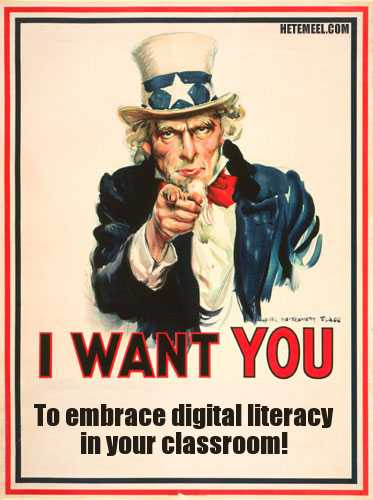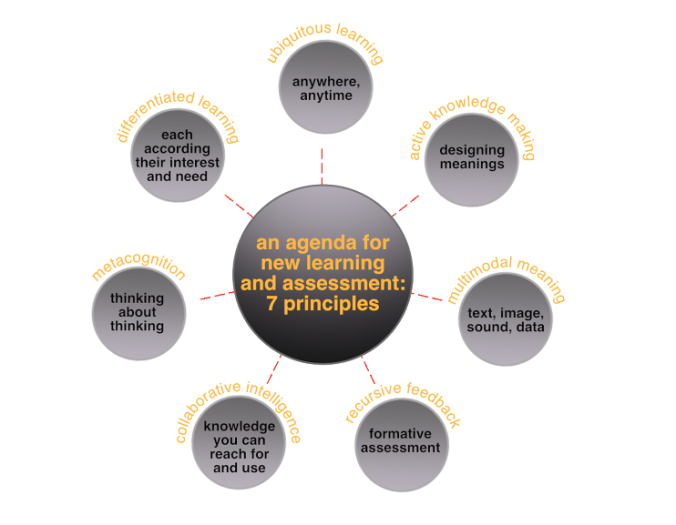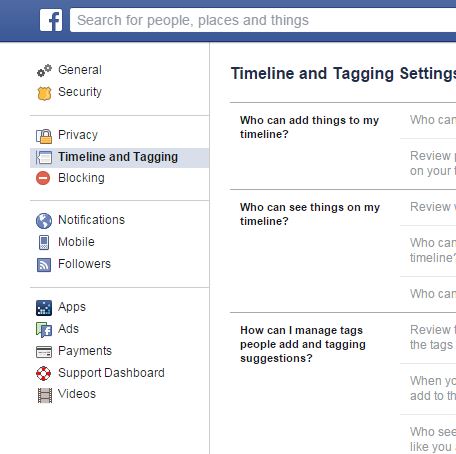When I was a little girl, a gruff-looking stranger lived right next door to me. He almost always wore a pair of grey, tattered full-body overalls and one of those hats with the ear flaps, no matter the weather. His perpetual white stubble complimented his deep-set frown. He was a recluse, and I was immediately enamored with him. He reminded me of a much older version of the garbageman who carried Oscar the Grouch around on Sesame Street.
When I saw him parking his bike on his porch one day soon after we moved into our new house, I couldn’t stop staring at him. My mom noticed and told me to leave him alone. He scared her, she said. She told me we didn’t know anything about him, and he was most likely a mean, old man, who didn’t want to be bothered. I am happy I didn’t listen to her.
The assumption my mom made that our new neighbor wanted to be left alone is actually a common misconception. Many people assume strangers want us to keep to ourselves, but research shows even small interactions with strangers can increase our happiness and give us an important sense of belonging.
Many also assume they would be happier if others left them alone, but it is typically not true. Even those who said they preferred to remain in solitude while using public transportation actually found interacting with other passengers made their ride more pleasant. Another mistake Mom made was thinking we should assume the worst in others. The friendship forged between my mysterious neighbor, who I came to know as Sonny, would prove her wrong.
I began watching Sonny, waiting for a chance so we could meet. I learned things about him, like how he rode his bike around town cleaning up garbage and picking up cans to recycle and that he played several musical instruments. I couldn’t tell which ones, but I would hear live music wafting from his house. A musician! I had to meet him!
When I was playing in the alley behind our house one day, Sonny came out into his backyard. I think he was taking out the trash. I ran up to him excitedly and greeted him with a big smile and a loud hello. He looked at me, wearing his usual frown for only a moment before smiling and asking how I was. I still remember his face and the way his eyes sparkled when he looked at me not just then, but for the entire time I knew him. We were instant friends.
I loved the tall, smelly cigar trees in his front yard, so I would play there often. I would roll the long green cigar tree seed pods between my small hands, staining them green while enjoying the aroma, which was piney and sour. All I had to do was knock on Sonny’s door, and he would let me in. His house was dark, cozy and full of musical instruments and oddities. I always felt safe there. He would make me hotdog pies, cornbread baked in a round pan with chopped up hot dogs in it. He would play his piano and accordion for me when I visited. He would sing to me and tell me fairy tales and other stories. Soon, we were singing together, and I was sharing stories, too.
After we had become close, I asked him why he didn’t have any friends. He told me he once played the organ at the Assembly of God Church in our neighborhood, but something had happened. His wife left him, and he blamed the church. I was too young to understand, but I remember realizing why Sonny was so alone. He felt betrayed by those closest to him, his wife and his community. I remember thinking he must have loved his wife, and she broke his heart. A sensitive child, I thought of the friends who had hurt my feelings, and I empathized with Sonny. He hardly ever talked about his past, but he did tell me I was one of the only people he actually liked. He would also talk about how he valued his privacy and preferred solitude. I couldn’t relate. I never wanted to be alone.
Looking back, I realize Sonny wanted to connect with someone as much as I did, even though he said (or thought) he didn’t. He quickly befriended an inquisitive, talkative little girl, who asked rude questions and ate all his snacks, which I am pretty sure he bought specifically for me and my sister in the first place. Nothing forced him to spend time with me. As far as I could tell, he was one of the only adults who wasn’t too busy to entertain me. He paid attention to me like no one else. He also left me gifts on our front porch.
One time he left the movie “Sleeping Beauty,” and it remains my favorite Disney movie to this day. My parents had no idea where it came from, but I knew. It was a thoughtful gift. I had told Sonny about the frightening nightmares I was having. He asked me when my bedtime was, and at 9 p.m. almost every night after, he played soothing music on his accordion. I could hear it while snuggled up in my bed. The music always made me feel safe and kept my mind at ease. The movie was a nod to our shared experience. I loved him like a grandfather, and he loved me, too. The gifts would reveal our friendship to my parents, who approved once they talked with me and met him. Sonny and I remained friends for years.
My parents announced we would be moving after I completed the eighth grade, and the thought was depressing. I couldn’t imagine my life without my friends, including Sonny. He was always there for me, and I would miss him. Even though I knew he wouldn’t want to attend, I decided to invite him to my eighth-grade graduation. I remember telling him how much I wanted him to hear me sing my solo during the ceremony. He told me he couldn’t do it. He said he didn’t go to public events. He was kind, but I could tell my invitation had upset him. I knew he wanted to go, but he couldn’t. I understood, and I let it go.
Graduation day came, and I was singing my heart out when Sonny walked into the gymnasium, wearing his usual, full-body overalls and hat. He stood in the very back, but I saw him. My heart was full of gratitude. He didn’t come to my graduation party, but I took him some cake and thanked him. I wanted him to know how much he meant to me.
Before we moved, I gave Sonny my new address, and he kept his promise to stay in touch. He would periodically send us cassette tapes of him telling stories, playing music and singing songs. My family would listen to Sonny’s tapes on car rides and laugh. My mom says she has the tapes somewhere, and I keep bugging her to find them. I miss Sonny, and I want to hear his voice again. He had such an impact on me. He was patient and kind. He taught me lessons in compassion and fostered my love of music.
Remembering Sonny makes me think of all the people, who like him for some reason or another experience isolation, especially during these COVID times. According to the American Association of Retired Persons, in 2018 one-third of adults 45 years and older in America reported feeling lonely, and that was before the pandemic. People with low incomes were found to be especially susceptible. Almost half of those 45 years and older with annual incomes of less than $25,000 said they were lonely.
This incredibly high rate of loneliness has led some experts to call it an epidemic. If you are lonely and socially isolated, you are more likely to have health problems. The Harvard Study of Adult Development found people who had heartfelt connections lived longer, developed the diseases later in life and had better health longer on average than people who didn’t have close relationships. The social isolation among middle-aged and older adults is estimated to cost $6.7 billion in additional Medicare spending annually.
But older adults aren’t the only ones feeling lonely, and loneliness isn’t a problem unique to the U.S. either. A 2018 survey from The Economist and the Kaiser Family Foundation found 22% of adults in the US and 23% in the UK say they are “always or often lonely, lack companionship or feel isolated.” A recent Cigna survey found nearly 50% of Americans “always or sometimes feel alone or left out.” Fifty-four percent said they “always or sometimes feel that no one knows them well.” In a nationwide BBC survey, one-third of Britons said that they “often or very often feel lonely,” and those aged 16-24 were found to experience loneliness “more often and more intensely than any other age group.” In Japan, more than half a million people under 40 haven’t even left their house or interacted with others for at least six months. Again, all this data was collected before the pandemic, and some experts argue that the loneliness epidemic is more prevalent now because of the new coronavirus than ever before.
I could go on and on citing research that indicates loneliness is a serious issue across the globe, because it absolutely is. But what can we do about it? On a personal level, part of the answer seems simple. We need to connect with one another more often. As I mentioned before, research indicates even when we think we don’t want strangers to say hello or interact with us, we are happier when they do. It should no longer be taboo to talk to people on elevators and subways or to sit in the front seat on Lyft rides. You should pay close attention to body language and personal boundaries as you approach someone new, but you shouldn’t avoid eye contact at all cost. Even brief eye contact can make people feel more connected and included.
If talking with strangers terrifies you, start small. Build relationships with the people you naturally interact with each and every day, like your neighbors or the cashiers at your favorite stores, while wearing your masks and social distancing. You can graduate to talking to full-blown strangers from there. It could change your life and the lives of others. Again, you don’t have to develop elaborate relationships to benefit from these interactions. Research shows lasting happiness can come from frequent small, positive events.
There are also societal changes that could decrease loneliness. For example, before the pandemic senior living facilities were taking a multigenerational approach to living arrangements. The Victory Lap, a nonprofit organization, helps place young people who have aged out of foster care in vacant apartments within senior communities. The young people must work 10-hours a week on site and be enrolled in college or a trade school. Everyone wins. Older residents want to live and interact with people of all ages, and the younger residents thrive in a secure setting where they are appreciated. I feel there are an abundance of opportunities to bring generations together, if we break down the traditions and barriers keeping us apart.
Even though COVID-19 has us social distancing, there are plenty of ways to reach out to one another without physical visits. I know it isn’t the same, but playing games on Zoom with family and friends or calling your neighbors to check in can help them feel supported and connected. You could write a letter or send a postcard to someone in a nursing home or hospital to let them know you care.
Just think of all the love we could spread if all of us just sent a handful of letters and cards to those who are social distancing and/or isolating themselves for health reasons. That would be a lot of love, my friends! It could be transformational…
Sonny passed away in 1998, but he remains a part of who I am. So, he lives on. I still appreciate friendships with those older and wiser than myself. I still invite my introverted friends and family members to Zoom gatherings (especially the ones at the Ethical Society of St. Louis), fully expecting them to say no and loving it when they say yes. I am still unafraid of strangers and continue to assume the best in others, just as I did for Sonny and he did for me. I encourage you to do the same. Together we can tackle the loneliness epidemic one friend at a time, even during a pandemic.









































